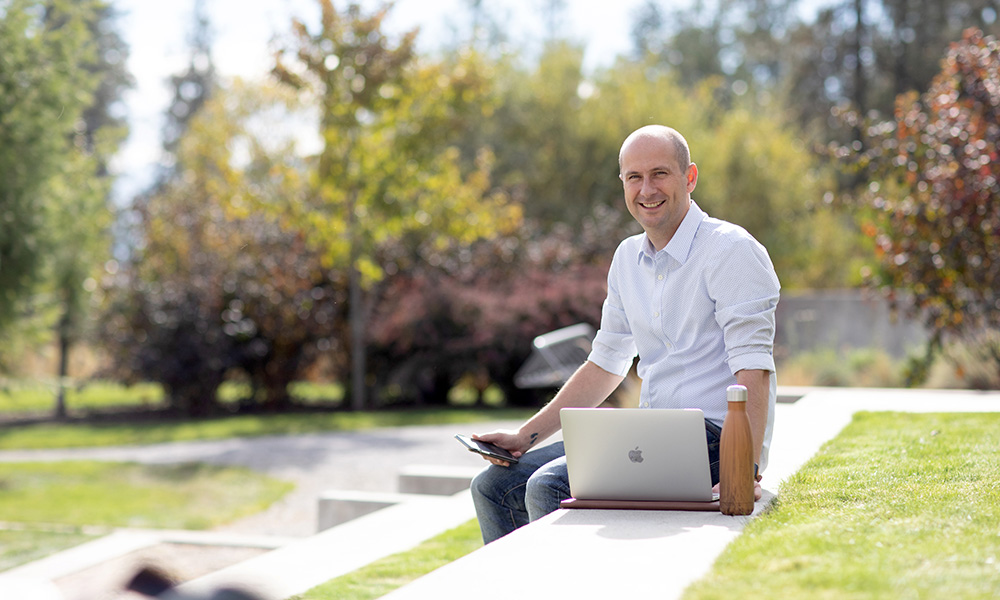
UBC Okanagan Associate Vice-President, Students Dale Mullings.
With at least 20 per cent of first-year UBC Okanagan students the first in their families to attend university each fall, the school’s Student Engagement & Learning department has created a comprehensive resource guide for parents who want to ensure their children succeed.
Post-secondary education comes with challenges for every student, but those can be amplified for first-generation students and their families, says Dale Mullings, UBCO’s Associate Vice-President, Students.
“Everybody at UBCO is a high flyer,” Mullings says. “Everybody at UBCO was the best in their high school, so this may be the first time they’ve encountered adversity. Maybe they are facing academic and social stresses they haven’t experienced before. It’s why we’re working so hard on providing as many resources as we can to ensure their academic success.”
Among the most significant changes for moms, dads or trusted caregivers is they can’t pick up the phone and call the school for a status update or to ask questions.
“They may be accustomed to knowing everything about their children’s academics through report cards and parent-teacher interviews,” Mullings says. “But their kids are adults now and entitled to their privacy. That’s a challenge some parents don’t anticipate.”
To ease the transition into university, UBCO has provided caregivers with a dedicated website. The online calendar outlines by month what some students—especially those in first year—may be experiencing. It provides advice on where to find academic, social and financial resources.
It’s an easy way for parents to feel connected if they are curious about what’s happening at school. It includes information about stressors typical for each month and appropriate resources.
For students themselves, UBCO has created a student-focused Connect Desk. It has both a physical location in the University Centre and online resources. Mullings calls it an important starting point for students and their families.
“Finding opportunities for students to engage early and often is really important for cultivating a connection to their institution,” Mullings says. “We want them to feel like they belong here and get the most out of their experience, both inside and outside of the classroom.”